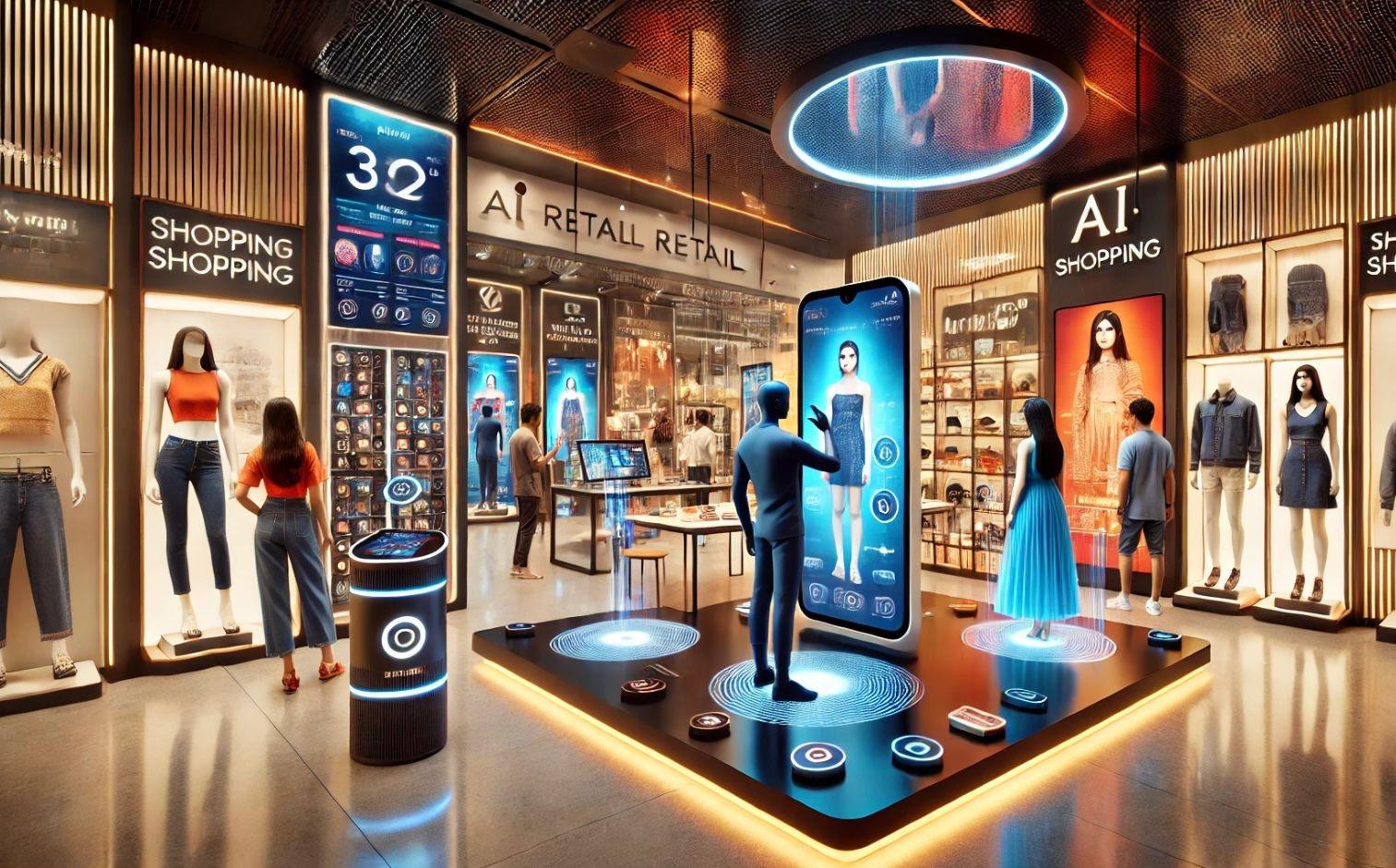 Image Source: Indian Retailer
Image Source: Indian Retailer
India’s retail landscape is undergoing a dramatic, consumer-driven makeover—one that goes far beyond transactions at the till counter. Experiential retail, now a defining force across shopping malls and high streets, is not just a fleeting trend but a transformational movement rooted in evolving consumer values, next-gen technology, and the ever-increasing need for emotional connection. As more Indians seek engagement, sensory delight, and memorable moments from their shopping outings, brands and developers are responding by crafting retail destinations where experience is the product.
Key Highlights Powering the Experiential Boom
India’s retail market is on a rapid ascent, expected to cross $2 trillion by 2032, with experiential retail identified as one of the primary engines steering this growth.
Today’s consumers—especially Gen Z and millennials—prefer spending on experiences over products alone; 78% of Indians report valuing memorable interaction within a store as much as (or more than) the purchase itself.
Shopping malls and flagship stores have transformed into lifestyle destinations that blend world-class retail with entertainment, food, wellness, play zones, themed pop-ups, and interactive workshops.
The future lies with “destination malls”—massive complexes like DLF Mall of India and LuLu International Shopping Malls—that offer unique events, curated installations, and community engagement, drawing visitors from far beyond their immediate neighbourhoods.
Why Experience Matters More Than Ever
In the era of seamless e-commerce, physical retail’s power is no longer based solely on convenience or price but on emotional resonance. Customers increasingly seek spaces that stimulate senses, encourage discovery, and reflect their lifestyle aspirations.
In-store technology—from AI-driven personalisation and AR-powered trial rooms to smart sensors and interactive kiosks—elevates the shopping journey, creating “phygital” experiences that combine the best of online and offline.
Indian brands and developers understand that retail “vibe” matters: atmospheric lighting, curated in-store music, signature scents, Instagrammable installations, and regional décor all shape how customers feel, remember, and return.
The Rise of Retail Storytelling and Community
Retail spaces are now storytelling canvases that forge meaningful bonds between brands and shoppers. Top brands use product launches, in-store performances, workshops, and celebrity meet-ups to create unforgettable brand moments.
Pop-up markets and collaborations with local artists bring an authentic, community-oriented flavour, appealing to both Tier 1 trendsetters and aspirational shoppers in Tier 2 and 3 cities.
Major shopping festivals and events—food carnivals, VR gaming, fitness challenges, art displays—turn retail destinations into hubs of lasting engagement, not just quick transactions.
Business Impact: More Than Just Buzz
Experiential retail is not only good for consumers; it's good for business. Research shows engagement-focused customers spend more, visit more often, and display stronger brand loyalty. Retailers leveraging experience report increased footfalls, longer dwell times, and improved sales per square foot.
Brands also benefit from the “shareability factor”—unique retail experiences are documented on social media, creating organic buzz, wider reach, and authentic influencer effects without extra marketing spend.
The move towards phygital and omnichannel retail—where stores remember guest preferences and offer seamless transitions between online selection and in-store pickup—underscores this new model’s sustainability and customer retention advantage.
Challenges and the Road Ahead
Developing experience-rich retail requires significant investment in technology, design, events, and staff training—an initial hurdle, particularly in smaller cities.
The challenge is to balance immersive experiences with efficient store operations and cost controls, ensuring every touchpoint adds meaningful value.
As smaller cities become the next growth frontiers, local adaptation—embracing regional culture, language, and aspiration—will be key.
Conclusion
Experiential retail in India stands as a new pillar of growth, loyalty, and vibrancy in the face of digitization and rapid urbanization. As the lines between shopping, entertainment, and community blur, the journey—not just the purchase—has become central to India’s retail renaissance. Forward-thinking brands and malls who embrace this shift are not just following a trend; they’re future-proofing their business and turning every visit into a memorable story.
Sources: afaqs, LinkedIn
Advertisement
Advertisement




